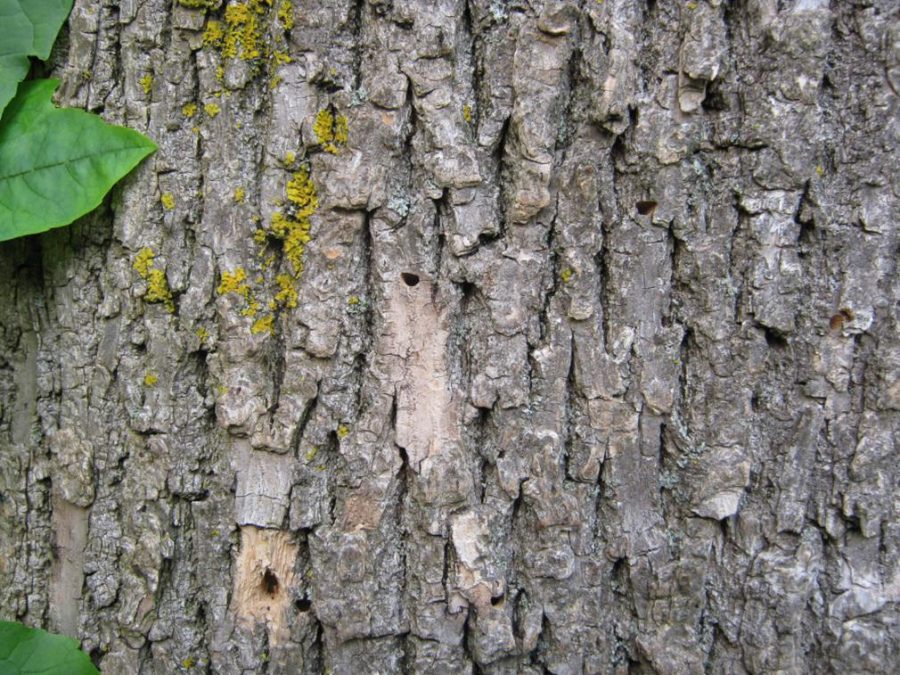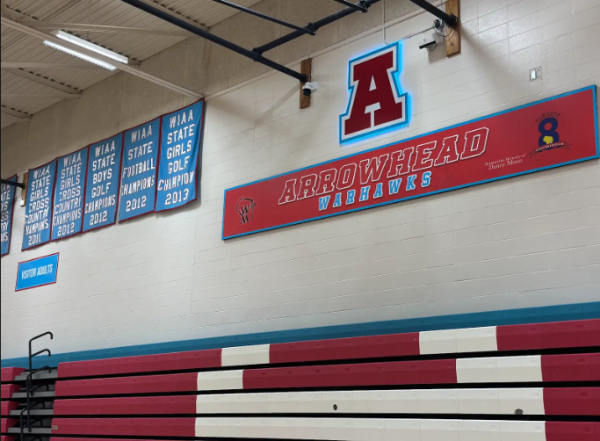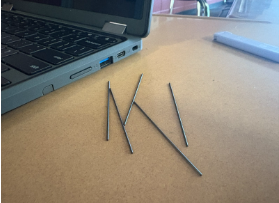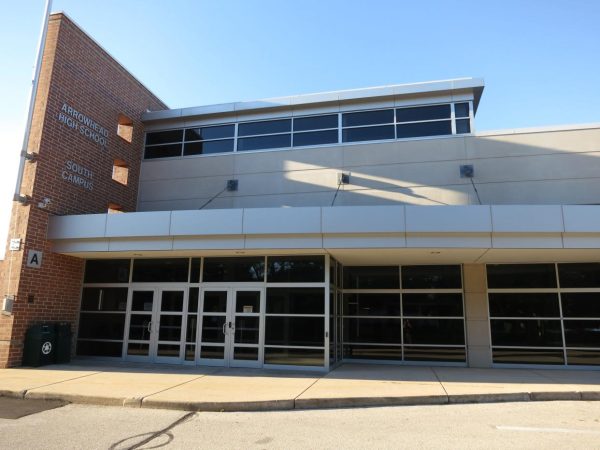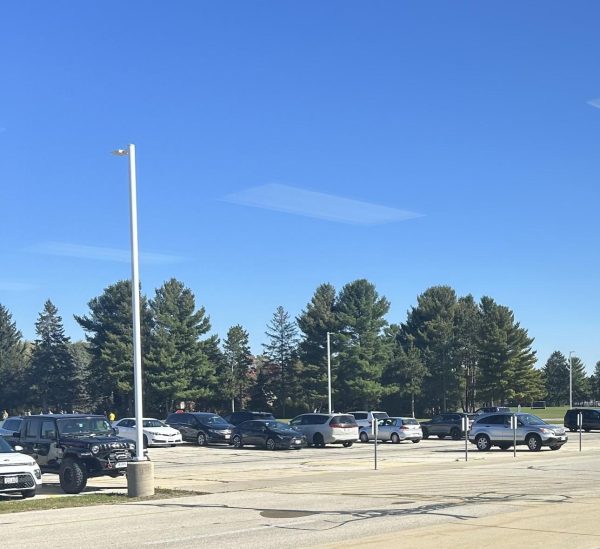“Scores” of Arrowhead Trees Get The Axe
Arrowhead has cut down “scores” of ash trees north of North Campus and along the cross country trails since last June. North Campus Associate Principal Becky Gordon does not know the full details of their removal, but according to staff member Jim Albers, this is all because of an invasive species known as the Emerald Ash Borer, which burrows underneath the tightly-grooved bark of the ash trees and eats away at the tree. The cause of this invasion is still unknown, but is likely the result of firewood transportation.
According to the Emerald Ash Borer Information Network, the Emerald Ash Borer is a small insect, about the size of a penny or nickel, that exclusively feeds on ash trees all over the Midwest. The Emerald ash borer is an exotic beetle that was discovered in southeastern Michigan near Detroit in the summer of 2002.
According to Ablers, it is believed they were imported on accident from Asia. The insect will lay its eggs in the small, tightly-packed grooves of the ash tree bark, and from there, the larvae will burrow into the trunk of the tree. As it grows, the Emerald Ash Borer will feed of the Vascular Cambium of the tree (a tissue that helps to increase the size of a tree trunk, creating the familiar rings inside a tree) along the entire circumference of the tree trunk, girdling the tree.
“When you girdle a tree…it’s the same as a bridge being out on the road. No water and nutrients can go from the roots and go up. No glucose from the leaves that’s produced in photosynthesis can go down. So it’s like a bridge is out, and that will eventually cause the demise of that individual tree,” says Albers, an Environmental Biology teacher at Arrowhead.
“We want to try and get rid of that wood as fast as we possibly can to prevent that spread. That’s why in the state of Wisconsin there’s a strong educational theme about firewood that it’s said ‘burn it where you cut it’ and some of the major reasons why is because we don’t want wood to be transported because you have no idea what’s under that bark. You all of a sudden will cut a tree down in one part of the state, you split it, you throw it on a trailer, you go to the other part of the state, if there’s something inside the bark or on the tree, you just carried it 150 miles and then you stacked it waiting for it to dry, that insect is still undergoing its metamorphic life cycle, so you just caused a spread.” says, Albers.
“There’s other things out there, too. Oak trees have something called Oak Wilt, which is a fungus that can be very easily transported, so there are other things that are out there as well,” Albers says.
When an ash tree is infested with Emerald Ash Borer, it will develop something called Sucker Branches as a last attempt at survival. The leaves on the main branches will stop developing as a result of the lack of nutrients coming from the roots, and instead, new branches will sprout from the side of the tree, creating a leafy bush in the middle of the tree.
“Another sign of the emerald ash borer is a ‘D’ shaped exit hole that’s in the bark, when [the insect] comes out, it leaves a hole that’s not a perfectly round hole, so if you look at the bark and see that D-shaped hole, that’s another sheer sign,” says Albers.
While the removal of the infected trees didn’t start until last June, Albers believes he noticed early signs of the Emerald Ash Borer a couple of years ago.
“Maybe four years ago, three years ago, was the first time I started to know some peculiar characteristics [of the trees], but it’s very easy when you hear of something, all of a sudden you’re like hypersensitive of it. I really wasn’t positive until last year, beginning of last year, actually, and then they started cutting them down the end of last year,” Albers says.
Although most of the ash trees at Arrowhead have been cut down, there are still ash trees currently standing, and Albers has no explanation as to why this is.
“Environmentally speaking, the best would be for them to, you know, take every single one of them down, and that’s completely, totally unfortunate, but when you look at invasive species, they can be devastating, and we got bit by one.” says, Albers.
The ash trees aren’t the only ones being chopped by Arrowhead. A few aspens have also been cut down near the soccer fields, and are now sitting in the west gym parking lot. These trees have no known invasive species in them, and it is likely that they were only cut down due to their old age, according to Albers.
“[The aspen] is a sun-loving, natural tree, that has a very very short life expectancy. And I will say that those trees were becoming maxed out at their life expectancy, and soon would be, you know, coming to their end. Whether or not they need to be cut I have no idea about that, if they needed to be cut for the new rooms for the soccer field….I don’t have an answer for that question,” says Albers.
An email was sent to Kevin Lipscomb, the Director of buildings and grounds at Arrowhead, but he is currently away on vacation and didn’t get a chance to answer any questions about the trees, however this article will be updated once he returns.
